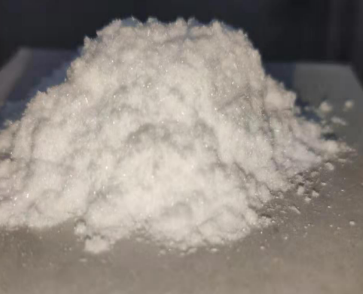| Message: | HEPES (4-hydroxyethyl piperazine ethanesulfonic acid) is a kind of hydrogen ion buffer with pH value ranging from 6.8 to 8.2. In the process of cell culture, we often need HEPES buffer. It is a kind of weak acid. In the open culture condition, if HEPES is added, it can prevent the increase of pH oxidation in the culture medium and maintain the pH at about 7.0. The final concentration of HEPES buffer was 10-50 mmol / L, which had no toxic effect on cells. Generally, 20 mmol / L HEPES can achieve buffering capacity. Since we often use it in cell culture medium, what are its advantages in cell culture medium?
Most of the cells need pH 7.2-7.4, but the optimal pH for cell culture varies with different cell types. Fibroblasts prefer higher pH (7.4-7.7), while the subculture and transformation cell lines need acid pH (7.0-7.4). HEPES is a kind of nonionic amphoteric buffer, which has good buffer capacity in the range of pH 7.2-7.4. The advantage of this method is that it can maintain a relatively constant pH value in open culture or cell observation. Under this condition, the cover of the cell culture bottle should be tightened to prevent a small amount of carbonate needed in the culture medium from scattering into the air.
HEPES produced by Desheng is white crystal powder, with main content of 99.50%, iron ion ≤ 5ppm, sulfate ≤ 0.05%, and heavy metal residue (PB) ≤ 10ppm. Can provide trial sample powder, self-made solution for testing. |
 my account
my account
 log out
log out
 my account
my account
 log out
log out
